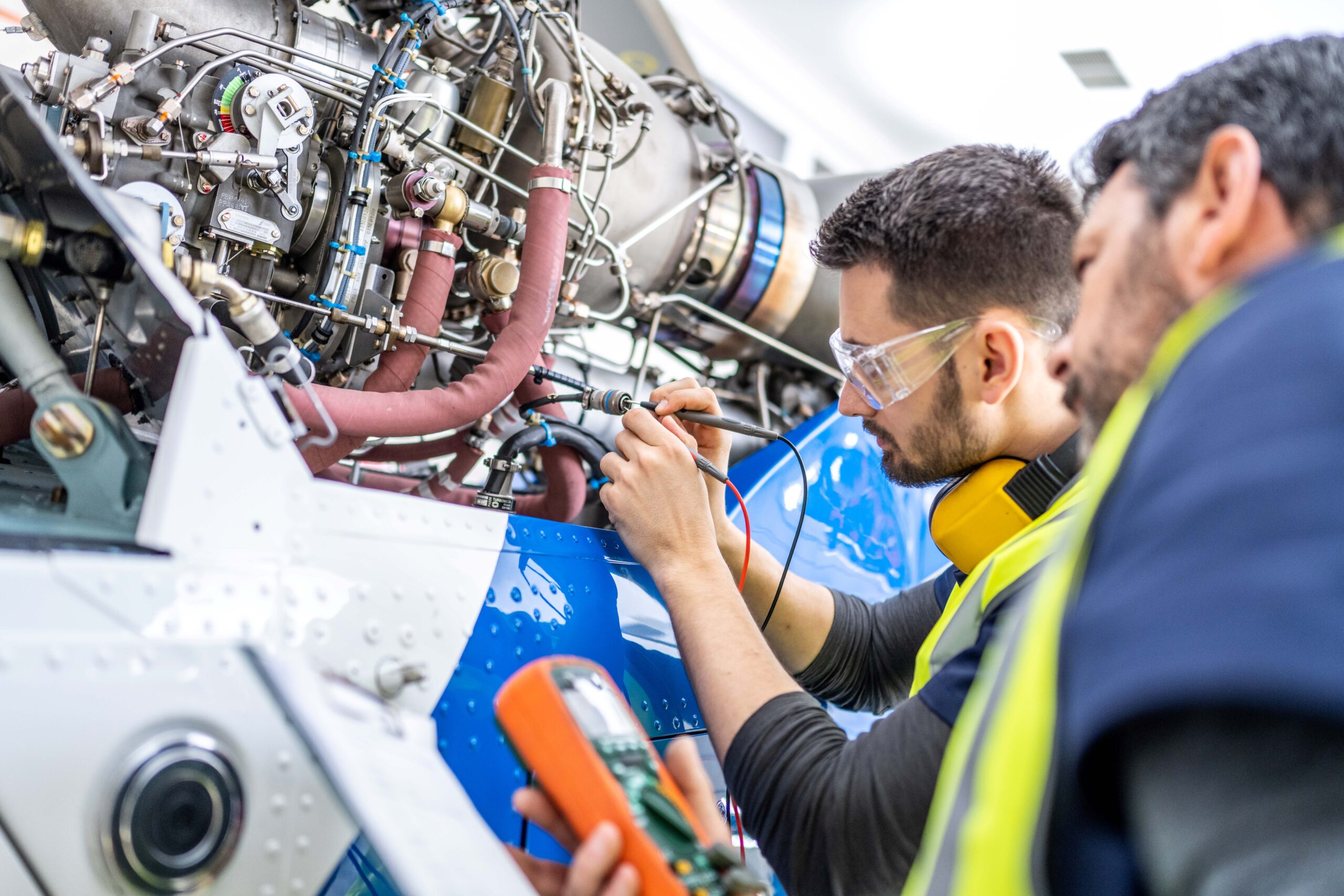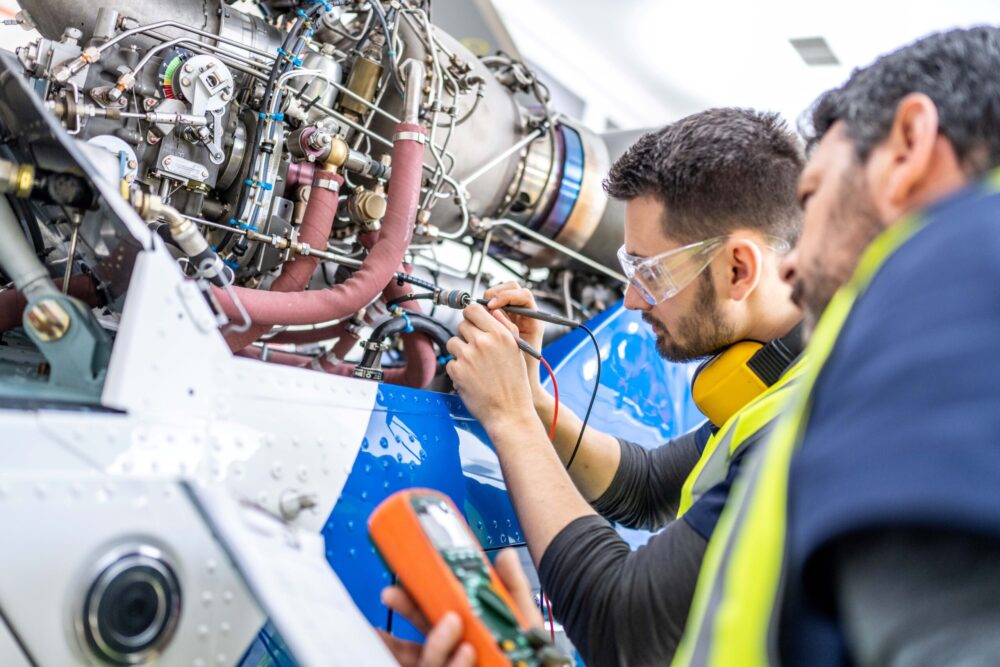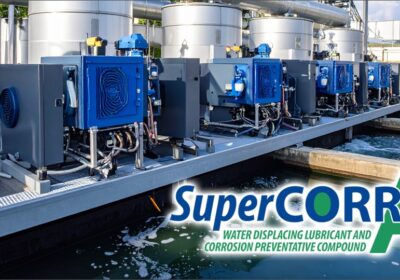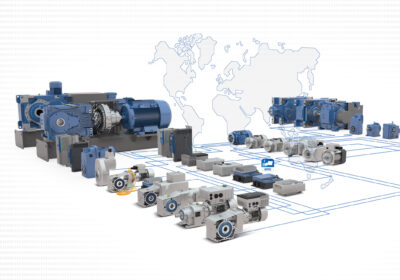Wiring in aerospace, defence and industrial systems must perform reliably under some of the most extreme conditions on Earth, or beyond. From punishing temperatures to relentless vibrations, a single failure can result in system downtime, safety risks or catastrophic mission loss. As technology evolves toward lighter, more compact and more capable platforms, wiring must deliver greater performance within increasingly constrained spaces.. Here, Jeff Wood, sales director at mil-spec wiring specialist WireMasters, explores how ruggedised wiring systems are designed to overcome these challenges.
Rugged wiring systems must withstand a wide range of environmental extremes, from temperatures as low as -65°C in polar or high-altitude environments to over 260°C near aircraft engines or high-power equipment. In aerospace and mobile defence platforms, vibration, torsion and abrasion constantly threaten cable integrity. In all defence applications, corrosive agents such as hydraulic fluids, jet fuel and salt spray present additional hazards.
Designing for durability
The performance of a cable in harsh conditions depends not on a single material, but on the synergy of all its components, from conductor to outer jacket. The core begins with conductors. For high-heat zones such as aircraft engine compartments, ambient temperatures can approach 260°C. Nickel-plated copper is preferred here for its ability to maintain conductivity and tensile strength under prolonged thermal stress.
In applications requiring increased flexibility and fatigue resistance, like loosely mounted harnesses or frequently flexed areas, copper alloys are a suitable choice. These offer enhanced flex life, tensile strength and mechanical resilience.
Once the conductor is selected, insulation becomes critical. While PTFE (polytetrafluoroethylene) and FEP (fluorinated ethylene propylene) are known for their excellent thermal and chemical resistance, they may fall short on mechanical durability in abrasive environments.
To address this, engineers often employ a layered system that includes textile wraps or resin coatings to enhance abrasion resistance while preserving flexibility. This method ensures both electrical integrity and mechanical protection in dense or high-flex cable assemblies.
Shielding serves both electrical and mechanical functions. For EMI-sensitive systems, braided copper, aluminium foil or composite shielding are common to suppress interference. In rugged environments, shielding also helps as strain relief. In some high-tension applications, shielding is reinforced with stainless steel strands to enhance tensile strength and ensure performance under dynamic stress.
Evolving requirements
Specifying ruggedised wiring involves evaluating a matrix of parameters: environmental exposure, thermal limits, abrasion resistance, EMI shielding, flexibility, chemical compatibility and available space.
Modern platforms demand not only superior performance, but also space and weight reductions. Thanks to advances in materials science, today’s cables feature thinner-wall constructions that maintain or exceed traditional standards for cut-through and abrasion resistance.
Environmental regulations are also influencing cable design. Increasing scrutiny of PFAS (per- and polyfluoroalkyl substances) commonly found in high-performance insulation, has driven demand for PFAS-free alternatives. These next-generation materials aim to retain critical heat and chemical resistance while supporting compliance with emerging global directives.
As modern platforms become more connected, data and surveillance systems are reshaping cabling architectures. Traditional copper bundles are being replaced by ruggedised fibre optics, offering superior bandwidth, EMI immunity and signal velocity in a smaller, lighter and more sustainable footprint.
Choosing the right cable is only the beginning. Ensuring that every component is traceable, specification-compliant, cost-effective and quality-inspected is critical, especially for defence and aerospace applications.

WireMasters collaborates closely with engineers and procurement specialists who demand precision, reliability, and longevity. While standard products may suffice in commercial settings, mission-critical applications require elevated scrutiny. WireMasters enforces rigorous internal controls, from supplier qualification and lead-time vetting to in-house inspections for conductor gauge accuracy, insulation compliance, and complete documentation verification. This high-touch approach offers assurance where failure is not an option.
Ruggedised wiring is fundamental to reliability in the world’s most demanding applications. As platforms grow more compact and complex, the need for smarter, lighter, and more durable cables continues to rise.
Meeting these demands requires not only deep material and application knowledge, but also close collaboration across engineering, manufacturing, and distribution. WireMasters stands at this intersection, delivering trusted solutions for today’s most extreme wiring environments.
To learn more about WireMasters’ extensive range of mil-spec cabling solutions, visit www.wiremasters.com.








